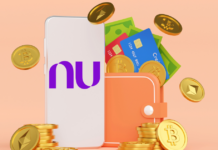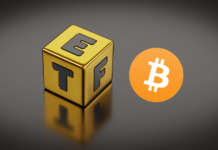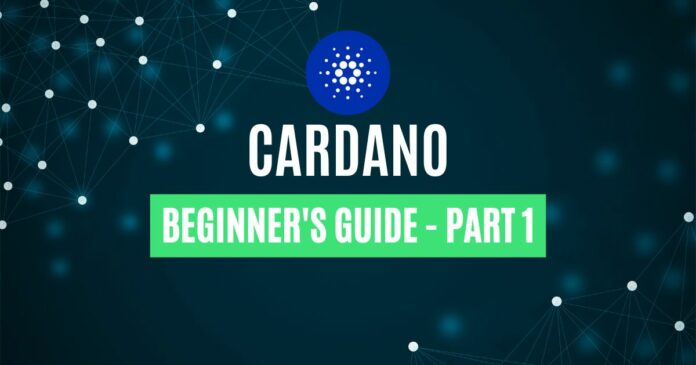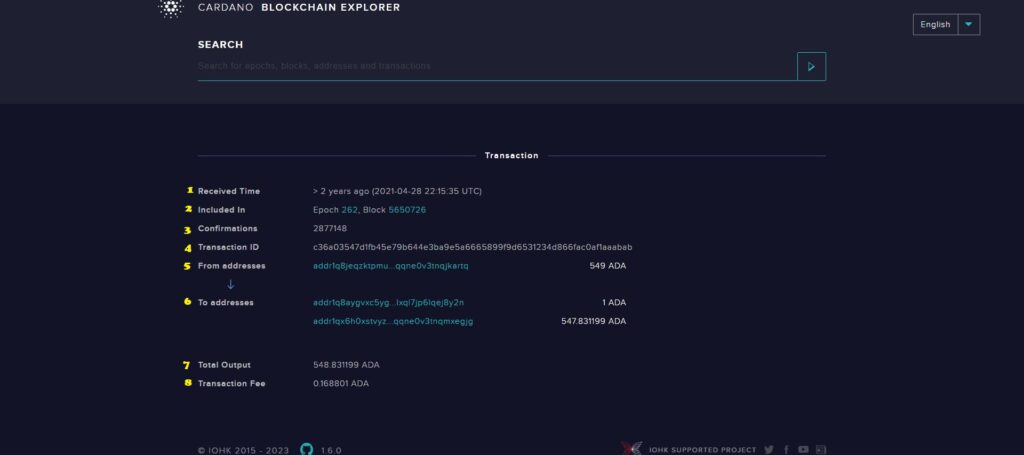Cardano is a Layer 1 proof-of-stake blockchain. Its founder, Charles Hoskinson, was also a co-founder of Ethereum. Under his vision, Cardano tries to solve three main Ethereum-based problems. In particular, scalability, interoperability, and sustainability. Cardano addresses all these concerns, and more.
So, let’s take a closer look at Cardano. In two articles, we will cover a total of eight popular questions about this project. Have a look at this video by Whiteboard Crypto. It gives a good explanation of Cardano.
Top Three Cardano Explorer Tools
There’s a variety of Cardano explorers available to us. So, we have a look here at the top three explorers. To clarify, a blockchain explorer is software that lets you explore a blockchain. You can look up a variety of information. All transactions on a public blockchain are immutable. There’s a lot of information available at your fingertips. You can compare an explorer to a search engine, but for blockchains.
For example, you can look up the following information:
- Transactions
- Blocks
- Average transaction fees
- Block size
- Hashrates
In Cardano, we also have epochs and slots. An epoch is a cycle of five days while a slot is a one-second period. The latter is the smallest period in a blockchain. So, a Cardano epoch is around 432,000 slots. Currently, Cardano is exactly in its 400th epoch. Recently, epochs had around 21,000 blocks in them.
The top three Cardano explorers are:
The following video gives an explanation of the Cardano Explorer.
How to Use Cardano’s Explorer Tools
To explain how an explorer tool for the blockchain works, we look at the Cardano Explorer. This also seems to be the most popular explorer.
This explorer gives you a lot of insight into a transaction. So, we are going to look at such a transaction and see what it tells us. You only need to copy/paste a transaction or block address into the search box.
Source: Cardano Explorer
Each number here corresponds with the yellow number in the picture.
- Received Time: This explorer uses UTC time as reference. Your wallet may show local time.
- Epoch and Block: As already explained, an epoch has 432,000 slots of one second each. This gives a five-day period.
- Confirmations: One confirmation = one slot.
- Transaction ID: The transaction hash.
- From addresses: The inputs of the transaction. This can have an arbitrary number of Inputs.
- To addresses: The outputs of the transaction. This can have an arbitrary number of Outputs.
- Total Output: The amount of transferred ADA.
- Transaction Fee: The costs for this transaction in ADA. Bigger transactions ask for higher fees.
For more in-depth information, you can read this post by IOHK.
Top ADA Use Cases
ADA is the native Cardano token. You need specific wallets for ADA. For example, the Deadalus or Yoroi wallets. The token has plenty of use cases, but here are the most important ones. For example:
- Pay for transaction fees in the Cardano ecosystem.
- Staking and earning rewards in ADA.
- Governance – by holding ADA, you can vote on governing proposals.
You can also use ADA to buy items. Other options are investing in the token and hodl it. To clarify, to hodl is to hold. Currently, 69% of all circulating ADA is being staked. According to Staking Rewards, the rewards are 3.33% for a delegator and 5.09% if you run a stake pool.
📣 Upcoming Community Meetup!
Join the meetup in #London to learn about wallet and security best-practices, and network with others in the community.
📩 RSVP here: https://t.co/vA4kC22rvr#Cardano #blockchain @Upstream_ada pic.twitter.com/gABC3hKptO— Cardano Community (@Cardano) February 7, 2023
How to Buy ADA?
Almost all major exchanges list the ADA token. This includes Binance and Binance.US. Binance lists 11 trading pairs. Five of these are crypto pairs, like ADA/BTC, ADA/BUSD, ADA/USDT, ADA/BNB, and ADA/ETH. The other pairs are fiat pairs. For instance, ADA/AUD, ADA/GBP, and ADA/Euro. In good tradition, Binance has an extended guide on how to buy ADA.
There are also a few DEXs where you can buy ADA. Minswap is one of them. According to DeFiLlama, it’s the leading DEX on Cardano. It has a 38% dominance and a TVL of $45 million. That’s 2.5 x as much as the number two DEX, Indigo.
On a DEX, you need a non-custodial wallet like Deadalus, Yoroi, or Trust Wallet. Connect the wallet to Minswap and you’re ready to start swapping.
Conclusion
We covered four popular questions about Cardano in this beginners guide, Part 1. For example, this included explorers, ADA use cases, and how to buy ADA. In Part 2, we will cover another four popular questions.
⬆️ For more cryptocurrency news, check out the Altcoin Buzz YouTube channel.
⬆️ Our popular Altcoin Buzz Access group generates tons of alpha for our subscribers. And for a limited time, it’s Free. Click the link and join the conversation today.




























